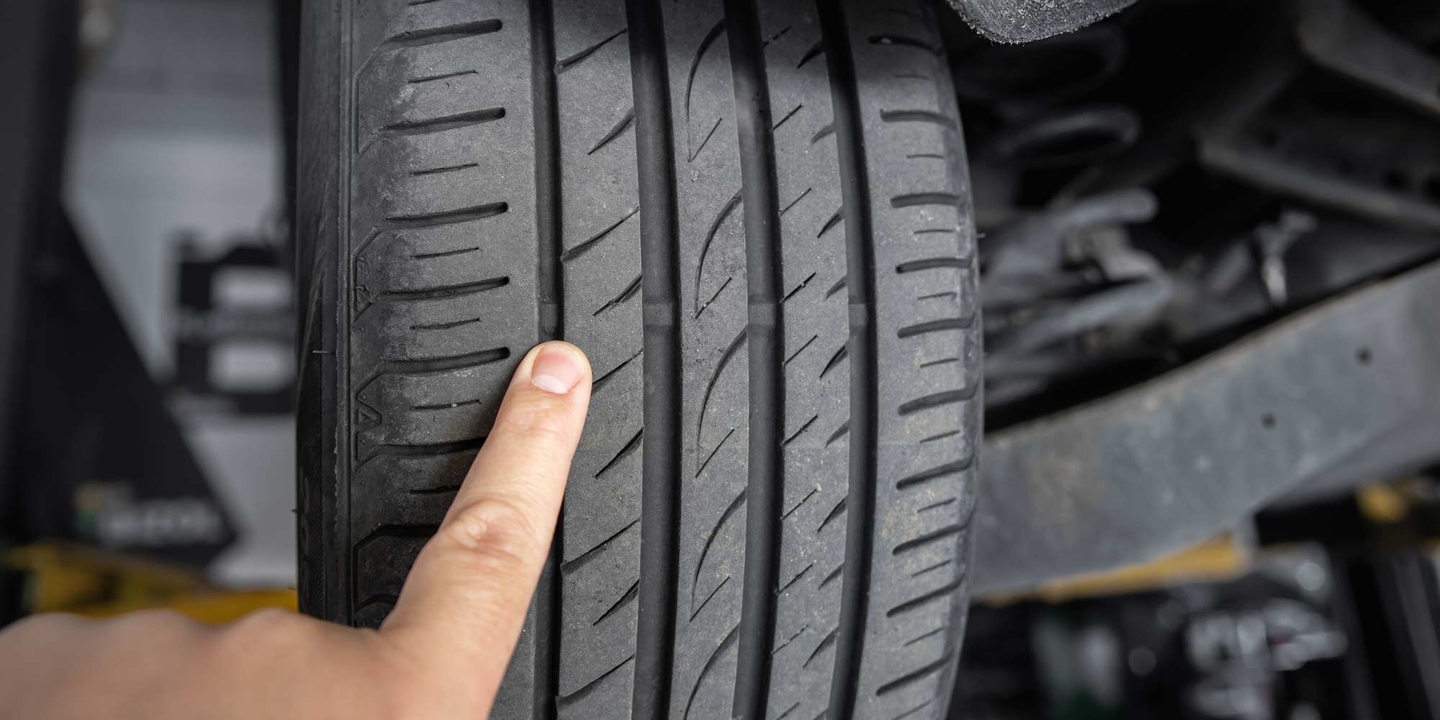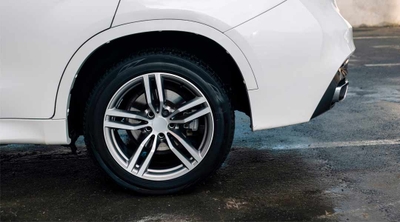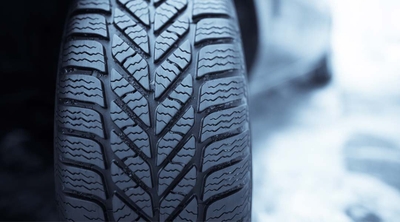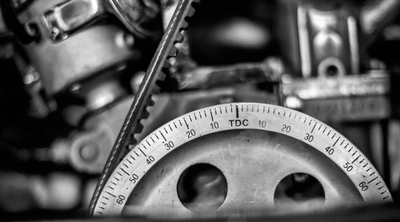How to check tire tread depth
3 min read
When you’re driving, the most important thing is safety — and the best line of defense between you and the road is your tires. Many other factors are affected when your tires are worn, including braking and traction. When elements like rain or snow get added to the mix, tires can be a recipe for disaster. Watch as our pro reveals how to properly check your tires’ tread depth in a short video. And read on for essential information about how to check tread life on your tires.
What is tire tread depth?
The more use your tires get, the less effective they become. As the rubber slowly wears away, the tread depth decreases. That limits your tires’ ability to grip the road safely. You measure tire tread depth in fractions of an inch, generally 32nds, with most new tires starting with 10/32″ or 11/32″ of tread depth. When the tire tread reaches 2/32,” the tires are considered unsafe.
For winter driving, the experts at Consumer Reports recommend greater than 6/32nds of tread depth for increased traction on slick roads. During better weather, the recommended depth is 4/32nds. If your tires get down to 2/32nds, it’s time to replace them immediately.
How to measure tire tread depth
There are several ways to measure tire tread depth. You can use a tread depth gauge, an affordable tool for accurately measuring the tread left on your tires. You can use a penny in a pinch if you don’t have a gauge handy. The top of Abe Lincoln’s head is 2/32nds from the edge of the penny. Insert the penny head-first into the tire’s tread. If you can see the top of Abe’s head, that tells you the tread is shot, and your ride is unsafe.
And, of course, if your car is riding rough and you can visibly see that the tires look bald, it’s time to roll over to your local mechanic or tire shop.
1.Use wear bars
These indicator bars are set at 2/32″ in the tire’s grooves between tread markings around the tire’s circumference. Visually inspect the raised wear bars running perpendicular to the tread pattern. If the tread is above the wear bars, the tires still have life. If it’s flush, it’s time for new tires.
2. Use a tire tread gauge
As previously mentioned, this affordable gadget is something every glove compartment should have. You can pick one up at your local auto parts store. Place the gauge on the top surface of the tire tread and extend the tire tread wear indicator into one of the tread patterns. Again, if it shows a tread depth at or below 2/32,” you need new wheels.
Learn more about tire maintenance and tire pressure and how keeping your tires inflated to the recommended pressure can prevent uneven wear.
Other tips on checking tread depth
When it’s time to replace your tires, have it done by a qualified tire shop, and never install mismatched tires on the same axle. Replace your tires in pairs and note the rotation schedule for the new tires. With some simple care and a watchful eye, your new tires will last longer and provide you with the performance and safety you need to get the most out of your ride.
Normal wear and tear of your tires won’t be covered by your car insurance. If you have comprehensive and collision car coverage, tire damage may be covered by car insurance.




